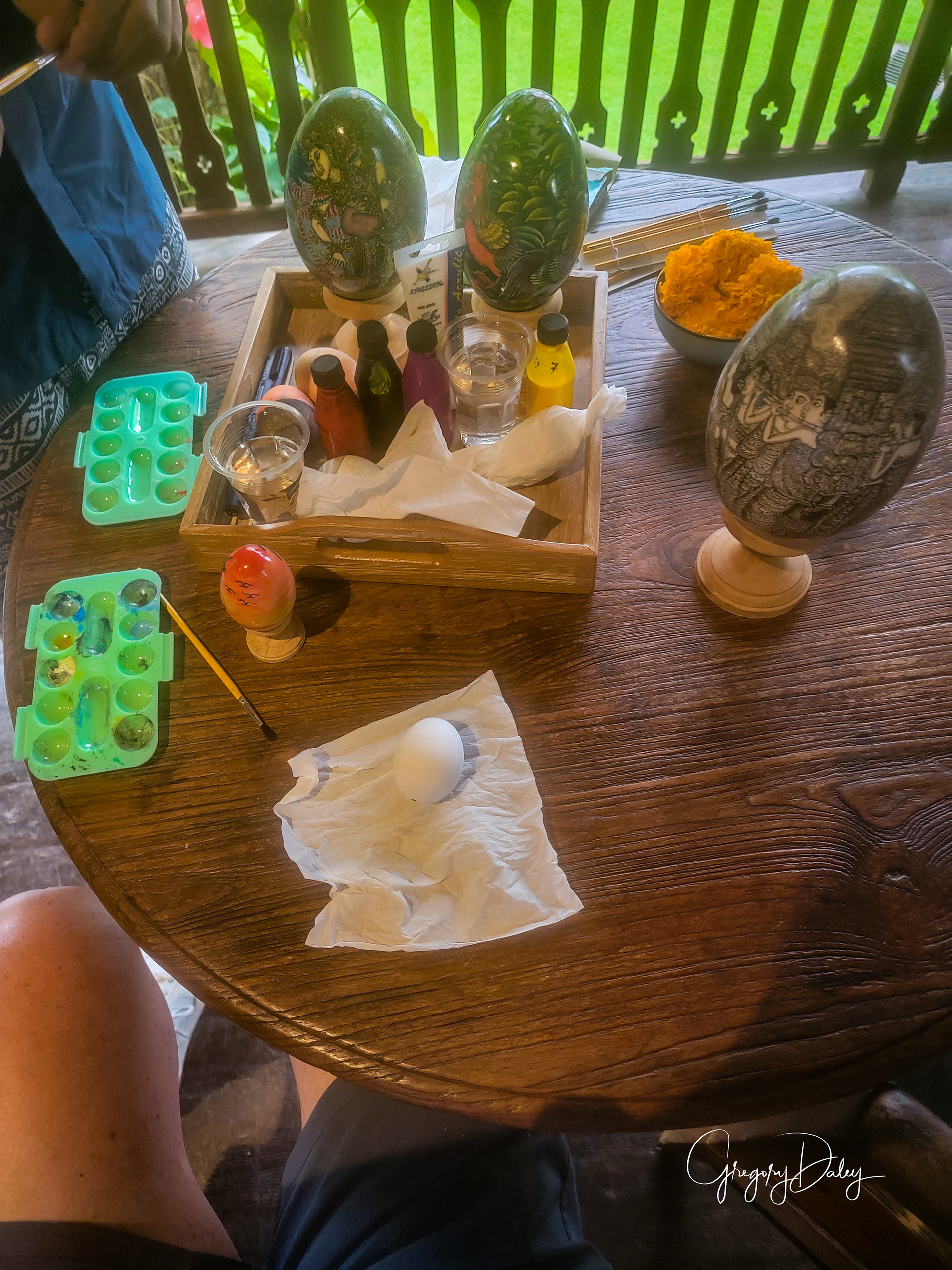
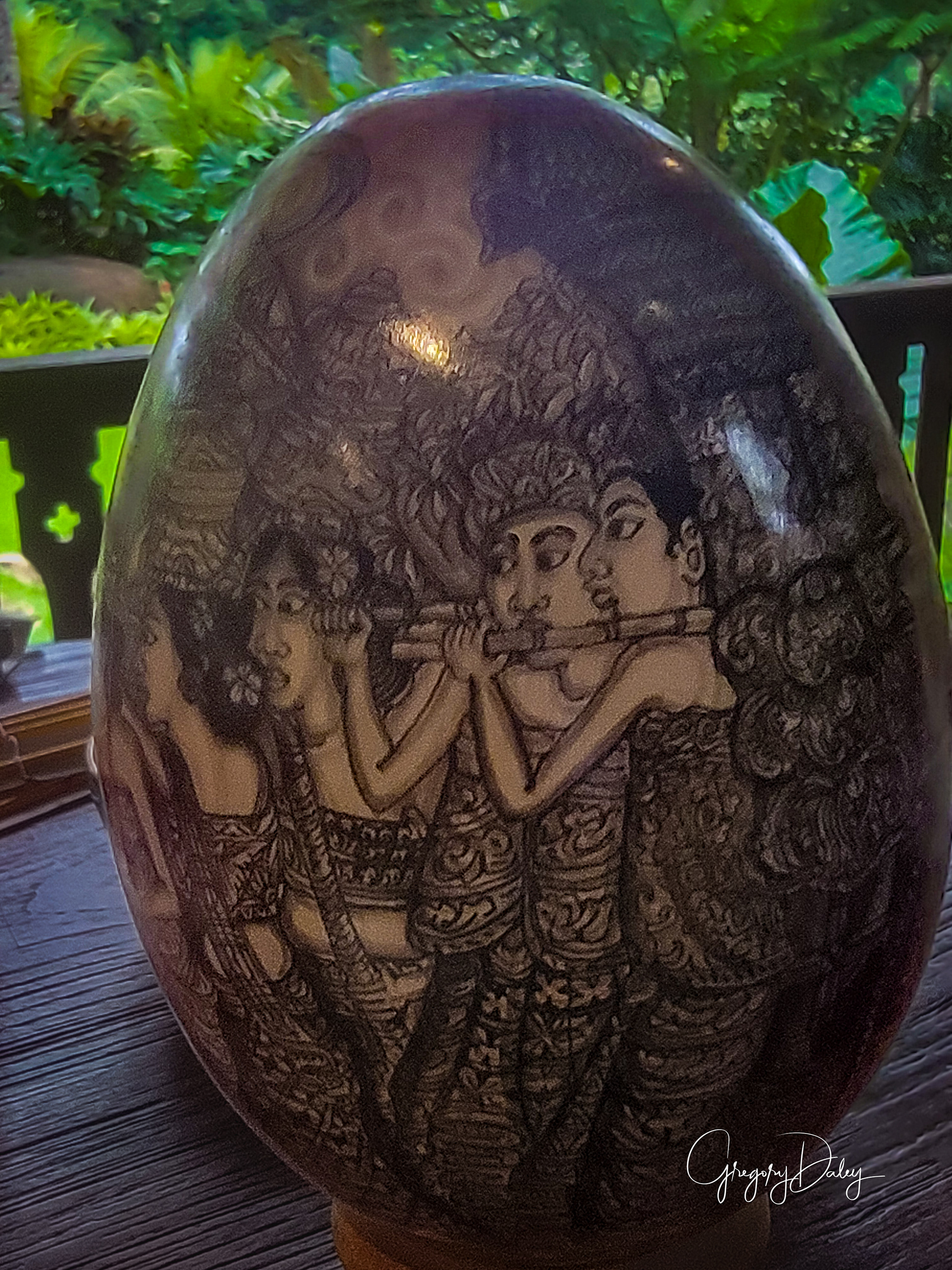
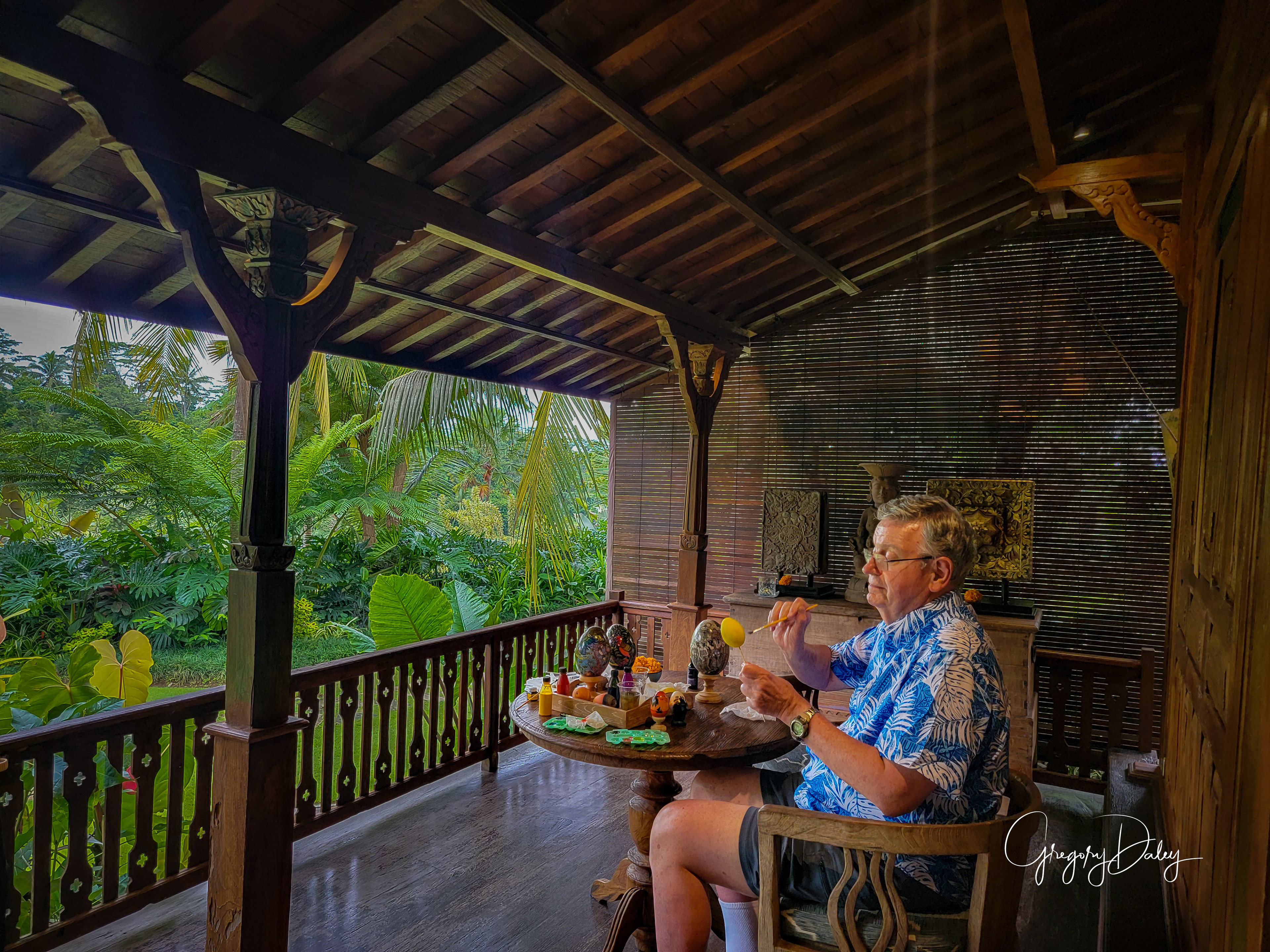
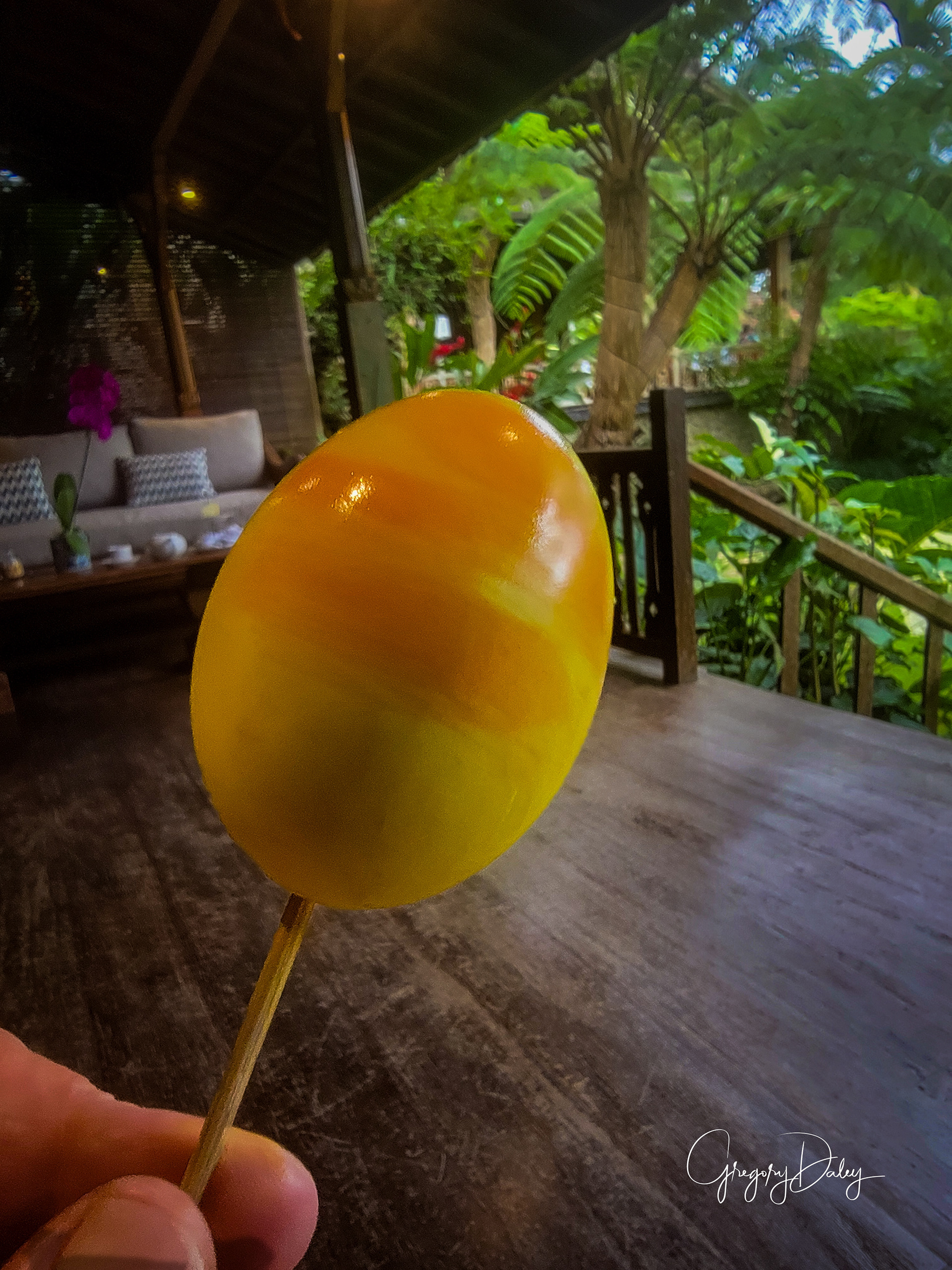
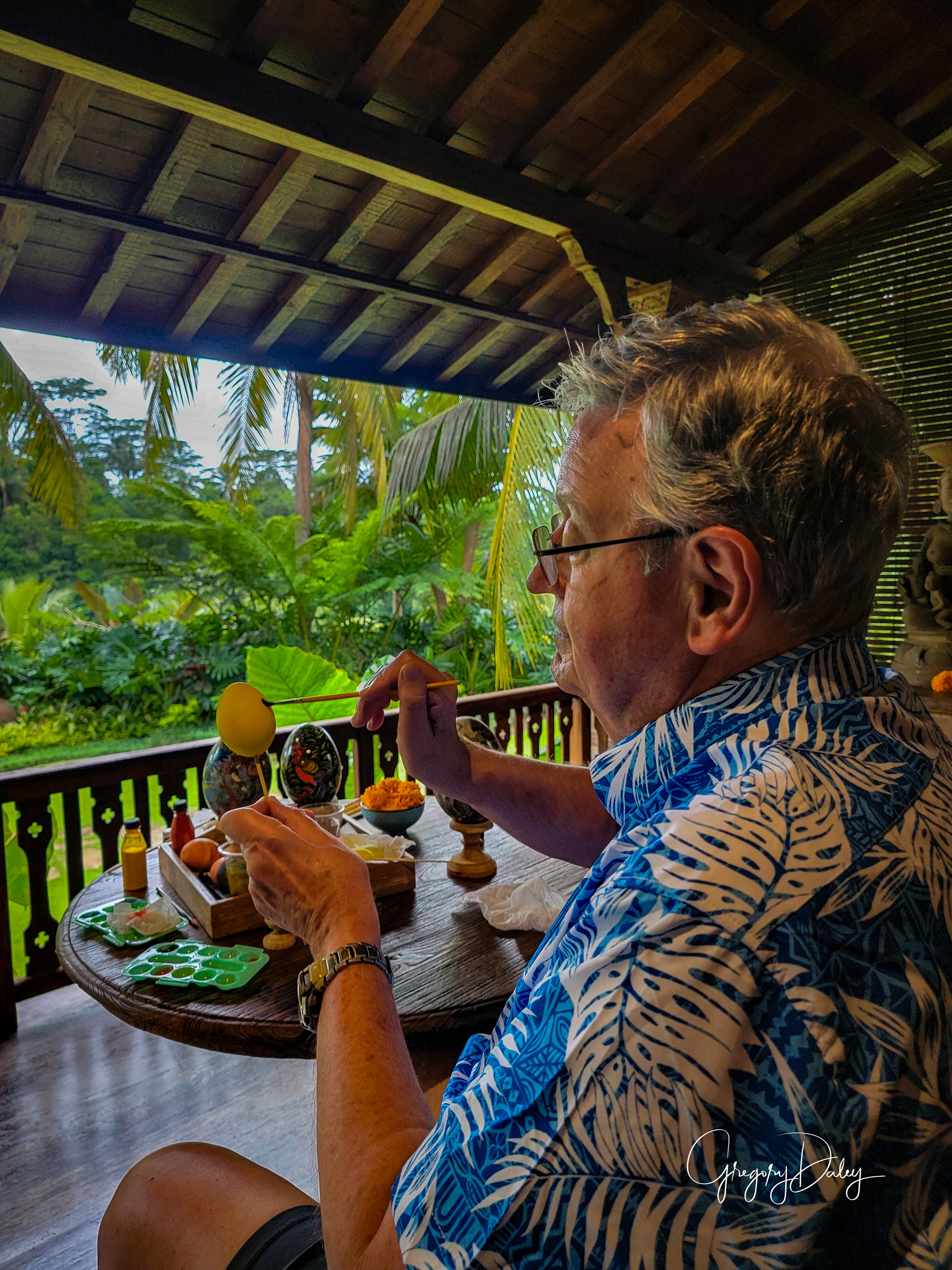
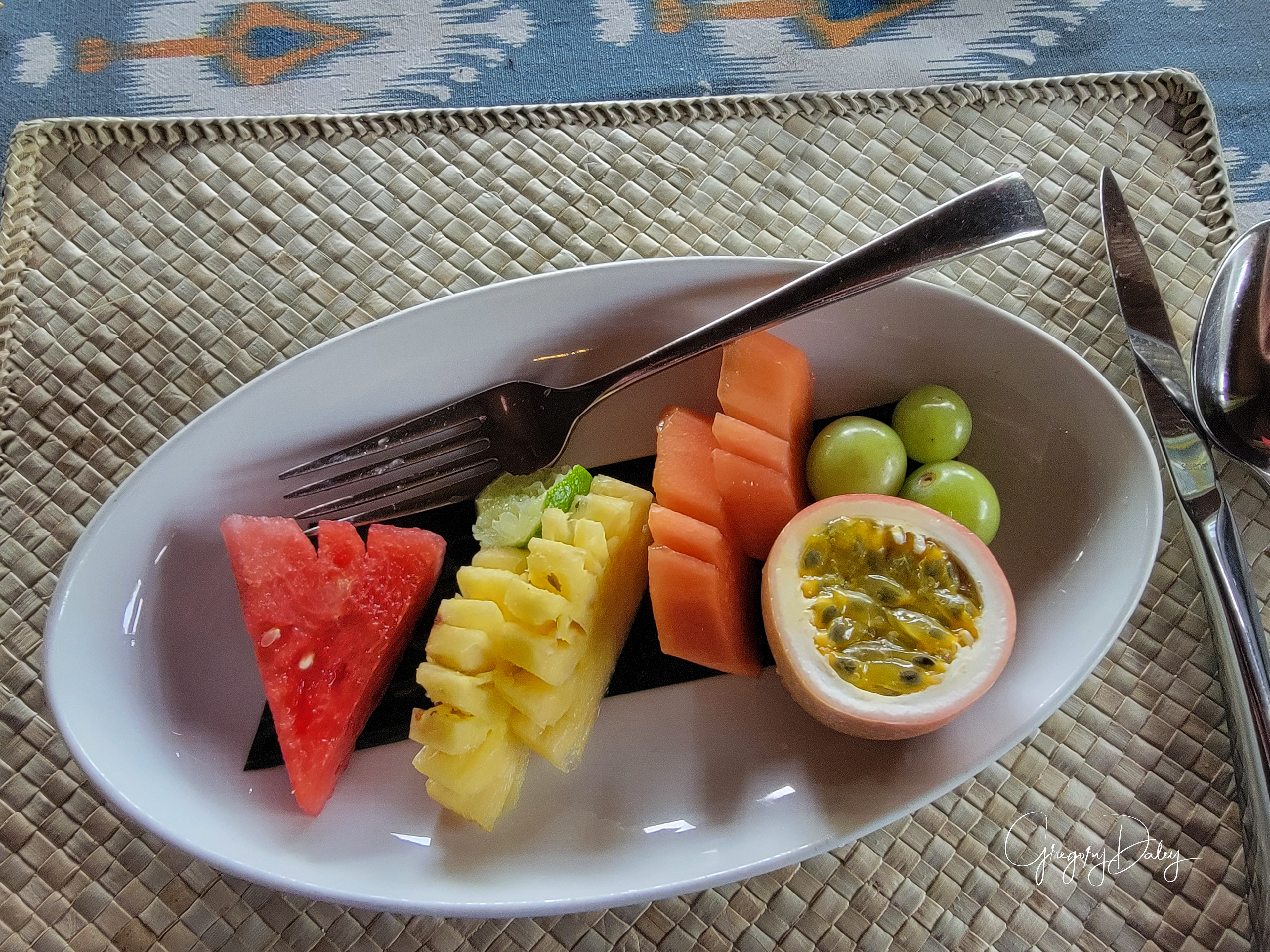
Nyepi
Nyepi is commemorated every Isakawarsa (Saka new year) according to the Balinese calendar (in 2024, it falls on March 11). Nyepi, a public holiday in Indonesia, is a day of silence, fasting and meditation for the Balinese. The day following Nyepi is also celebrated as New Year's Day. After Nyepi, youths of Bali in the village of Sesetan in South Bali practice the ceremony of omed-omedan or 'The Kissing Ritual' to celebrate the new year.
Observed from 6 a.m. until 6 a.m. the next morning, Nyepi is a day reserved for self-reflection, and as such, anything that might interfere with that purpose is restricted. The main restrictions are no lighting fires (and lights must be kept low); no working; no entertainment or pleasure; no traveling; and, for some, no talking or eating at all.
The effect of these prohibitions is that Bali's usually bustling streets and roads are empty, there is little or no noise from TVs and radios, limited access to Internet and few signs of activity are seen even inside homes. The only people to be seen outdoors are the pecalang, traditional security men who patrol the streets to ensure the prohibitions are being followed.
Although Nyepi is primarily a Hindu holiday, non-Hindu residents and tourists are not exempt from the restrictions in Bali. Although they are free to do as they wish inside their hotels, no one is allowed onto the beaches or streets, and the only airport in Bali remains closed for the entire day.
On the afternoon and evening before Nyepi, accessibility on roads is limited. Many local roads are closed for the parade in the evening, making it difficult to navigate by car or scooter.
The indirectly-state-owned consumer communications provider Telkomsel shuts down all internet access, while privately owned ISPs remain operational. Some hotels/resorts choose to shut down WiFi coverage, while others choose to let it remain operational.
Electricity remains operational in Bali, while being shut off in Nusa Penida.
The only exceptions granted are for emergency vehicles responding to life-threatening conditions and women going into labor.
On the day after Nyepi, known as Ngembak Geni (Relighting the Fire), social activity picks up again quickly, as families and friends gather to ask forgiveness from one another, and to perform certain religious rituals together. Fires and electricity are allowed again, and cooking of food resumes. Nyepi can be traced as far back as 78 A.D.
Balinese Egg Painting (Lukisan Telor)
In Bali, artists create exquisite paintings directly on eggshells. These eggs can be from various sources, including chicken, duck, goose, cassowary, and even ostrich. The sizes of these eggs vary, with chicken eggs measuring 5-6 cm, duck eggs around 10 cm, goose eggs at 10 cm, cassowary eggs ranging from 14 to 21 cm, and ostrich eggs spanning 19 to 22 cm.
Additionally, wooden eggs are also used for this art form. These wooden eggs are typically made from albesia wood and shaped like real eggs. The intricate designs on these eggshells showcase Balinese mythical characters, naturalistic flowers, insects, animals, and more.
I brought home two wooden painted eggs. (They travel better.)
The history of egg painting is an ancient art in expressing the beginning and struggle of life. The egg is symbolized as the source of life protected by its fragile shell. This process of painting on the egg shell symbolized our human expressions and creativity. By creating beauty on this fragile shell, we can change our perspective towards life and how much beauty we can bring to our small and fragile existence.
Although this self reflection process was left behind with other types of commercialized media, the egg painting was used as symbols in celebrations and ceremony such as Faskah (Easter), Christmas, Ngaben and etc. In Bali, we still hold dear this symbol of expression for the human existence and our creations and still continue to practice its process of beauty, which is adorn my many International tourists and admirers of life.